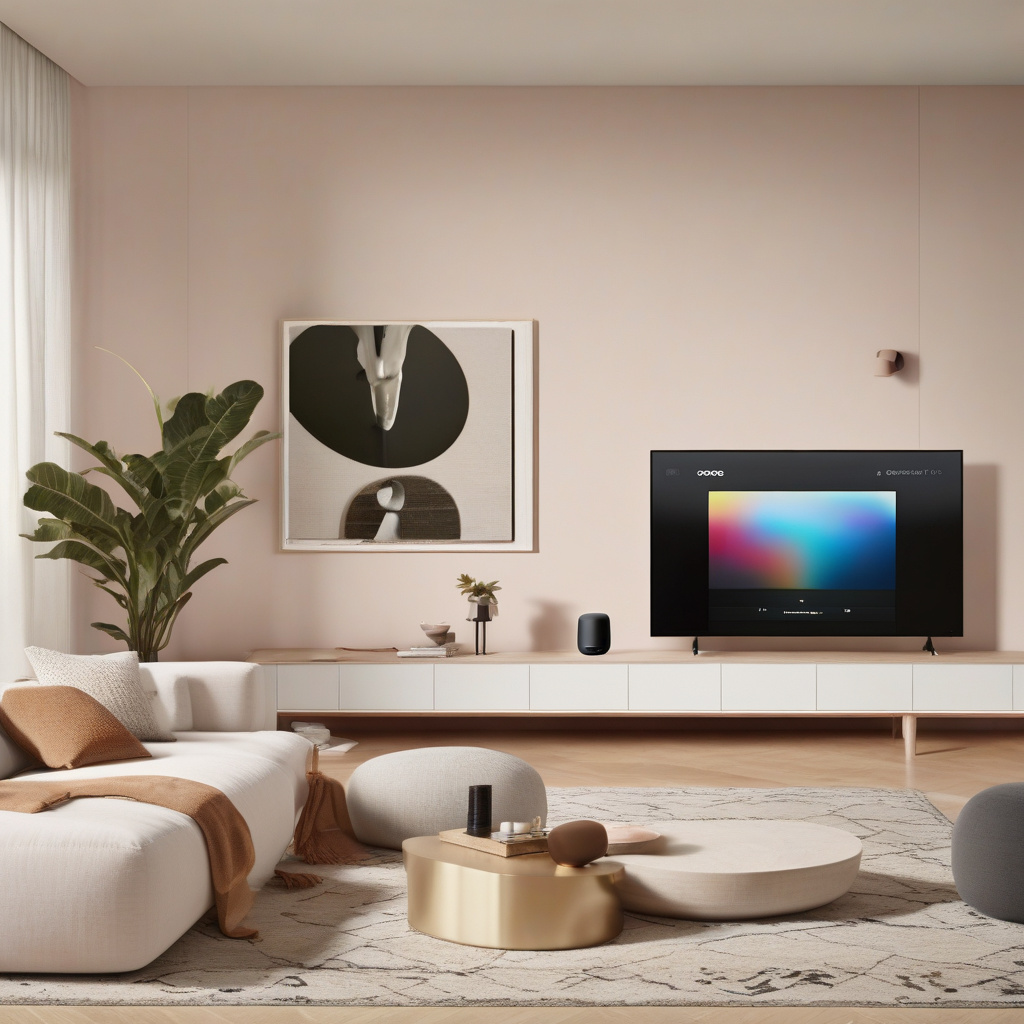Sonos, known for its innovative audio products, had plans to venture into the realm of video streaming with a high-end device codenamed Pinewood. This streaming box aimed to compete with popular offerings like the Apple TV 4K, Google TV Streamer, and Roku Streaming Stick 4K. The device promised not only 4K HDR playback but also a unified user interface integrating content from various streaming services.
One standout feature of Sonos’s streaming box was its HDMI passthrough functionality. This capability would have allowed users to connect their gaming consoles, Blu-Ray players, and other devices to the Sonos box, enabling lag-free wireless audio transmission to Sonos soundbars and speakers. Moreover, the device was designed to configure a complete surround sound system using different Sonos speakers.
Despite the advanced features and potential of the Pinewood project, Sonos recently decided to cancel it altogether. The abrupt halt was announced during a company-wide meeting, signaling a shift in priorities under interim CEO Tom Conrad. The decision to scrap the video streaming device stems from a strategic focus on reinforcing Sonos’s core offerings and rebuilding trust in its software following a rocky Sonos app relaunch.
As a result of this pivot, the team originally dedicated to the Pinewood project will now be redirected to other initiatives within Sonos. This move indicates that Sonos is stepping back from its video ambitions, at least for the time being. With the cancellation of the Pinewood project, it appears that there will be no major Sonos product launch in 2025, marking a departure from the company’s previous release strategy.
While the potential of a Sonos streaming box was intriguing, Sonos’s decision to prioritize core products and software reliability showcases a commitment to strengthening its foundation before venturing into new territory. This move reflects the importance of maintaining consumer trust and delivering high-quality experiences across all Sonos products.

